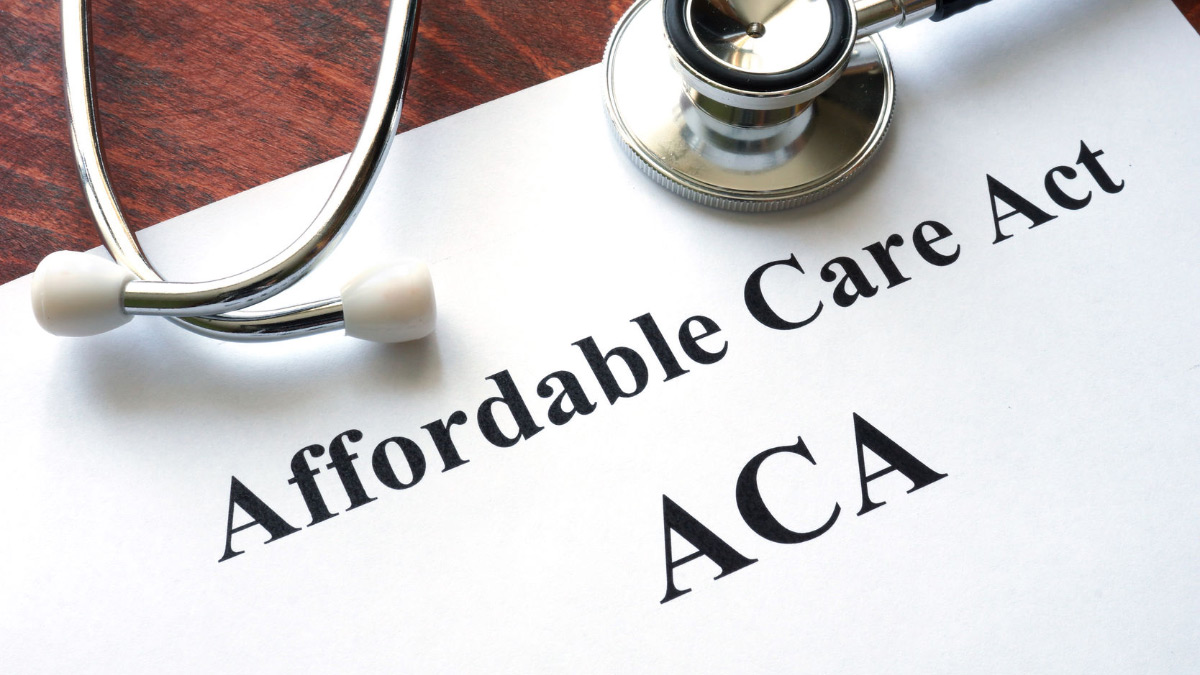Despite a massive public-relations push for Obamacare, a national poll found that only 38 percent of respondents felt favorably about the program two weeks before open enrollment in the health insurance exchanges ended on March 31.
What can reformers offer in place of the president’s unpopular healthcare overhaul? In this article, I offer some guiding principles. (For details, please see my Independent Policy Report, “A New Healthcare Contract with America.”)
Choice. People should be able to choose a healthcare plan that fits their individual and family needs, rather than a plan designed by bureaucrats in Washington, D.C. This means no mandate. Men shouldn’t have to buy maternity coverage; women shouldn’t have to buy coverage for prostate-cancer tests; teetotalers shouldn’t have to buy substance-abuse insurance; etc. And no one should have to buy coverage for abortions or preventive procedures that health researchers have known for years are not cost-effective.
Fairness. The government should offer a refundable tax credit for private health insurance. I believe the credit should be the same for everyone. Suppose we offer every adult an annual tax credit worth $2,500 and every child a credit worth $1,500. People would get the credit whether they obtained their coverage through their employer, the marketplace, or an exchange. Signing up for insurance would be easy. Insurance companies and brokers would be able to sign people up without asking privacyinvading questions about their income and assets.
Jobs. A uniform healthinsurance tax credit combined with the absence of a mandate would also get rid of the chaos Obamacare is creating in the labor market. Businesses would no longer have an incentive to stay small (avoiding the mandate by hiring fewer than 50 full-time employees). Nor would they have an incentive to shift employees to part-time work (avoiding the mandate with workweeks that are less than 30 hours).
Universality. How can we make sure that the uninsured receive care? There will always be some people who will turn down the offer of a tax credit. But instead of having the U.S. Treasury keep the value of those unclaimed credits, the money should go to safety-net institutions in the communities where the uninsured live. Uninsured patients will probably be asked to pay their medical bills, but if they cannot, the safety-net institutions will have a source of cash to pay healthcare providers for what would otherwise have been “uncompensated care.”
Portability. In most states today, it is illegal for employers to buy their employees what they most want and need—insurance that travels with them from job to job and in and out of the labor market. This policy needs to be reversed. Employers should be allowed to provide health insurance that is portable in the same way as 401(k) plans and employer-paid life insurance. NFL football players and United Mine Workers members already have portable insurance, with premiums paid by their employers, because of special federal legislation. It’s time to extend this opportunity to everyone else.
Patient Power. Health savings accounts (HSAs) and health reimbursement arrangements (HRAs) are encouraging consumers to control costs. They have also helped create a market for walk-in clinics, mail-order pharmacies, and Walmart’s $4 generic drugs. HSAs could be made even more effective by allowing them to partner with third-party insurance in innovative ways.
Real Insurance. With community rating and guaranteed issue, insurers are not permitted to charge actuarially fair premiums that reflect each enrollee’s expected healthcare costs. This has created perverse incentives, with insurers going to great lengths to attract the healthy and avoid the sick.
Real insurance requires a market in which insurers find it in their self-interest to solve the problems of the sick. Cases of insurers unfairly dumping their costliest enrollees on other insurers would greatly diminish if the law allowed insurers to develop policies that cover a change in health status. Under such policies, if an expensive-to-treat patient moves from Plan A to Plan B, the former would compensate the latter for any above-average expected costs.
How much would it cost to implement healthcare reform based on these principles? Starting from where we are now, it’s almost a free lunch. If we take the current tax perks for employer-provided insurance and add the subsidies provided by Obamacare, we will have more than enough money for reasonable reform.
We could also afford to buy off resistance to reform by giving large companies and labor unions a choice: continue with the current system of tax subsidies or switch to the tax-credit system. I bet very few would choose the current system.












